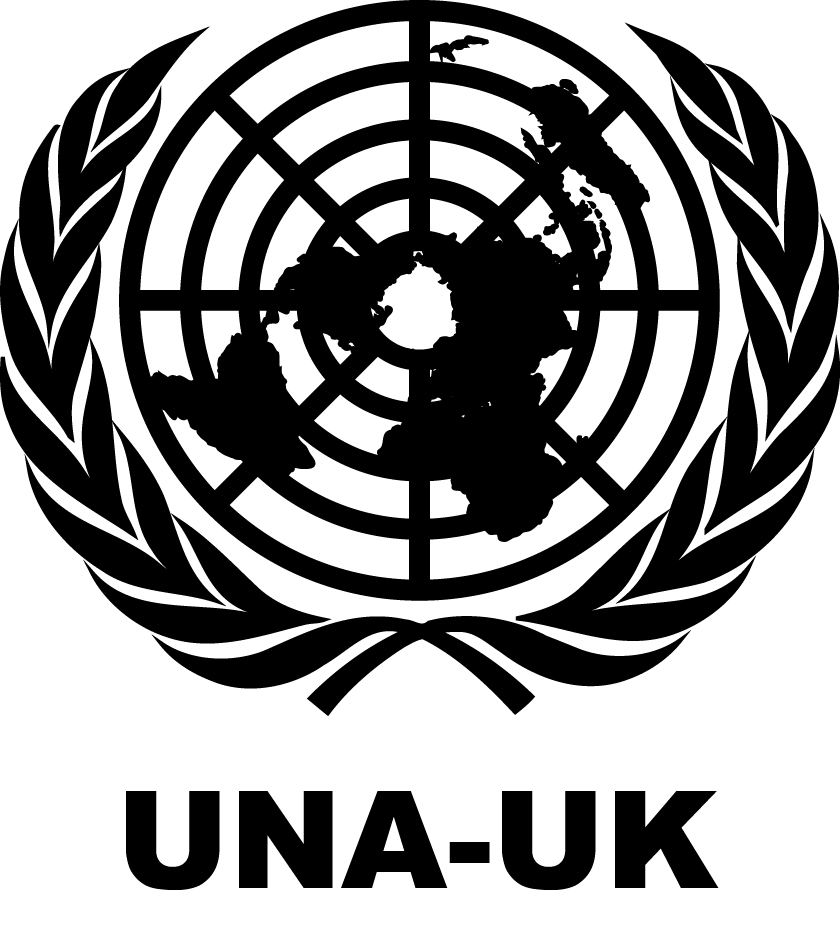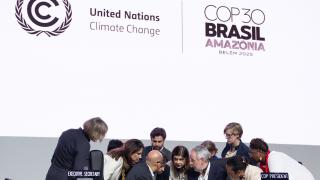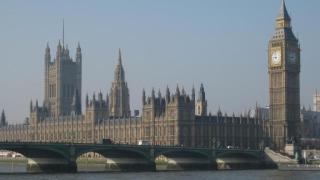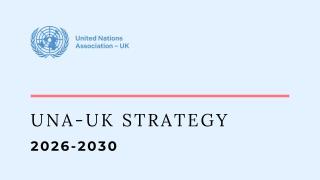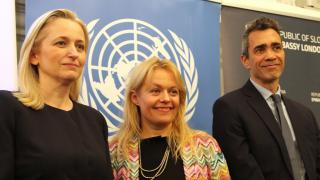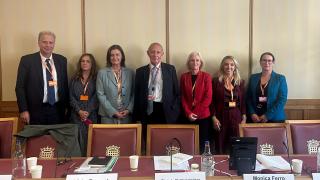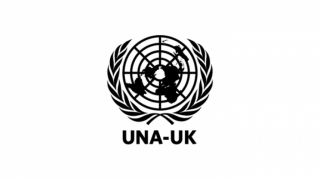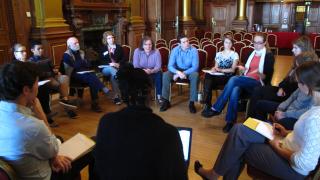
Building peace within
By Arbie Baguios, UNA Edinburgh
It was within the rich, dark brown walls adorned with gilded ornaments, and the stately high ceilings of the Edinburgh City Chambers that a congregation of about 150 people gathered to discuss the theories and practice of peace building, especially in areas of conflict like Colombia, Kyrgyzstan, Palestine and Sudan. They called this gathering the Edinburgh Peace Initiative (EPI) Conference on Peace Building: The Civil Society Contribution. And it went on for three days, from 20 October to 22 October 2012.
Other conferences of the kind more often than not consist of people who’ve spent more time in classrooms than in conflict, of people who are high up their ivory towers far removed from the situation on the ground. And while the EPI conference may initially have seemed as such, it most certainly wasn’t – not when some of its guests and speakers have stood upon the ashes of the Uzbeks’ burnt down homes, negotiated unflinchingly with extremists in the Middle East, or lost friends to a mass murder from a dispute between the Colombian government and FARC.
But those distinguished guests and the diverse characters that attended – students from Taiwan, doctors from Darfur, theologians from the United States – were there not just to tell tales in the hopes of passively inspiring others. They offered solutions. They all said, “Here’s what works, here’s what doesn’t.” They all listened. They all learned.
The conference’s programme had two parts: the first one dealt with the contribution of civil society to peace, the second with the contribution of religion. Within both, there was a smorgasbord of PeaceLabs – spaces where small groups discoursed and deliberated on the best ways to bring about peace. Among others, they included: “peace building and civilian diplomacy,” “building peace through media and culture,” “promoting peace through women’s interests,” and “religion, secularism and armed force.”
In these meetings of the minds, ideas bloomed like flowers in spring despite the wintry Edinburgh air – one could not help but be overwhelmed. In this garden of ideas, a single message loomed over them all: Professor Abdullah An-Naim of Emory University said in his keynote speech on the first day of the conference: “You must have peace within for those without. You cannot give what you don’t have.”
In a nutshell, An-Naim’s point was that to give peace, you must know peace. And to know peace, you must have peace. While this may sound like liberal wishy-washy rhetoric or a quote lifted from the Tripitaka, this statement has complex theoretical underpinnings.
To underscore the point, here is a question tackled in one of the conference’s PeaceLabs: should one apply secular Western paradigms in peace building within conflict-torn religious communities? Or should the local religion be used as a peace-building tool despite violent religious practices? Here’s another one: will intervention within the community by external peace builders bring peace or fuel the conflict?
Not easy questions to answer, are they? To give peace, you must know peace. And to know peace, you must have peace. You cannot give what you don’t have, and perhaps more importantly, you cannot give what you don’t know.
You might ask: what did the EPI conference achieve in terms of bringing about ‘peace within’ besides talking about it?”
Well, let me tell you the story of a Protestant, a Catholic, a Jew and a Sikh sitting together in a circle. No, this is not the beginning of a bar joke. This was the scene in one of the sessions on the last day of the conference, when local Edinburgh religious leaders were in the midst of forming a working group to harness the capacity of dialogue in peace building. At the end of the session, they agreed that the best way to do it was through young people – to bring youths of different faiths and backgrounds together and show them that they’re not so different after all.
The Edinburgh Peace Initiative was founded with one principal goal in mind: make Edinburgh a city of peace, and a refuge for diversity – a safe space for dialogue and conflict resolution for the different groups of people in the world.
Through the EPI, the role that Edinburgh, and the rest of Scotland, plays within the international community is made clear. New peace-building projects in the city are in the works – a peace and music festival in the coming spring is one of them.
When a Protestant, a Catholic, a Jew and a Sikh are brought together, or for that matter, when religious and secular organisations meet, when Israelis and Palestinians are in the same room, when Americans and Iranians are standing side by side – all of which happened through the Edinburgh Peace Initiative conference – then peace is being built. More importantly, when this is taking place in our own city, then peace is being built within.This article was written by Arbie Baguios of UNA Edinburgh.
The Edinburgh Peace Initiative in cooperation with UNA Edinburgh organised the Conference on Peacebuilding: The Civil Society Contribution on 20-22 October 2012.
For more information about the conference, please visit: www.unaedinburgh.com
